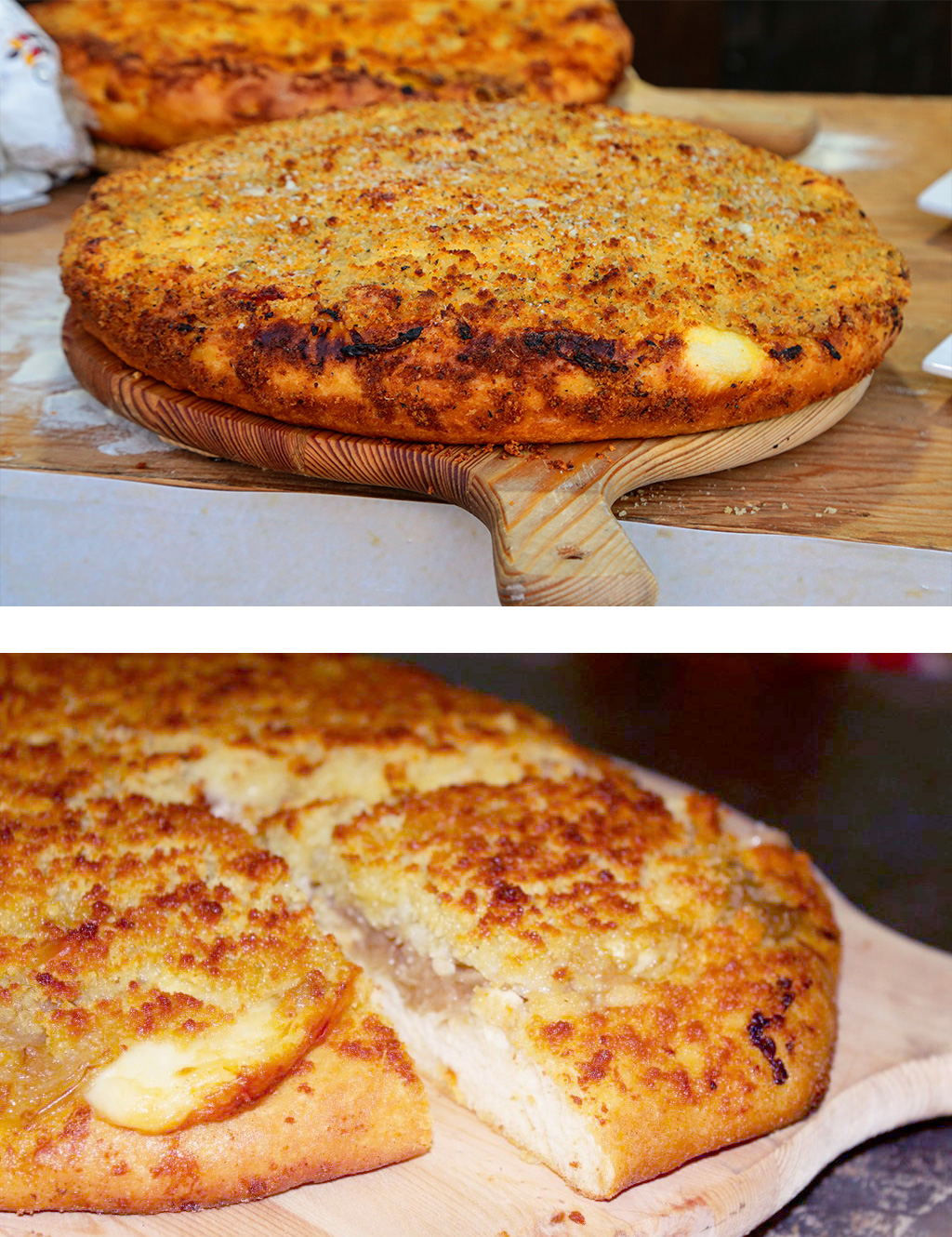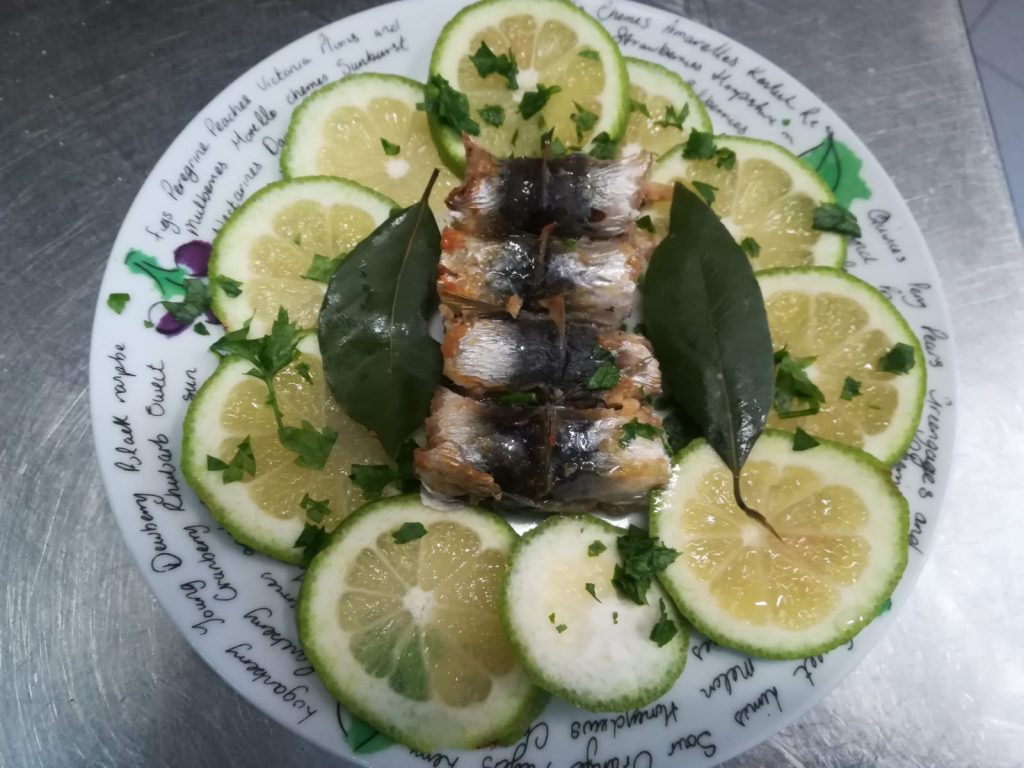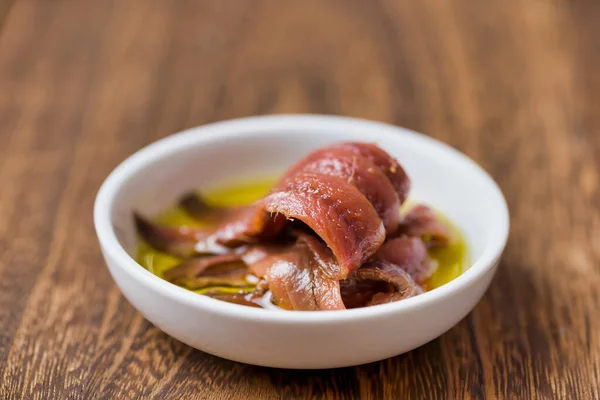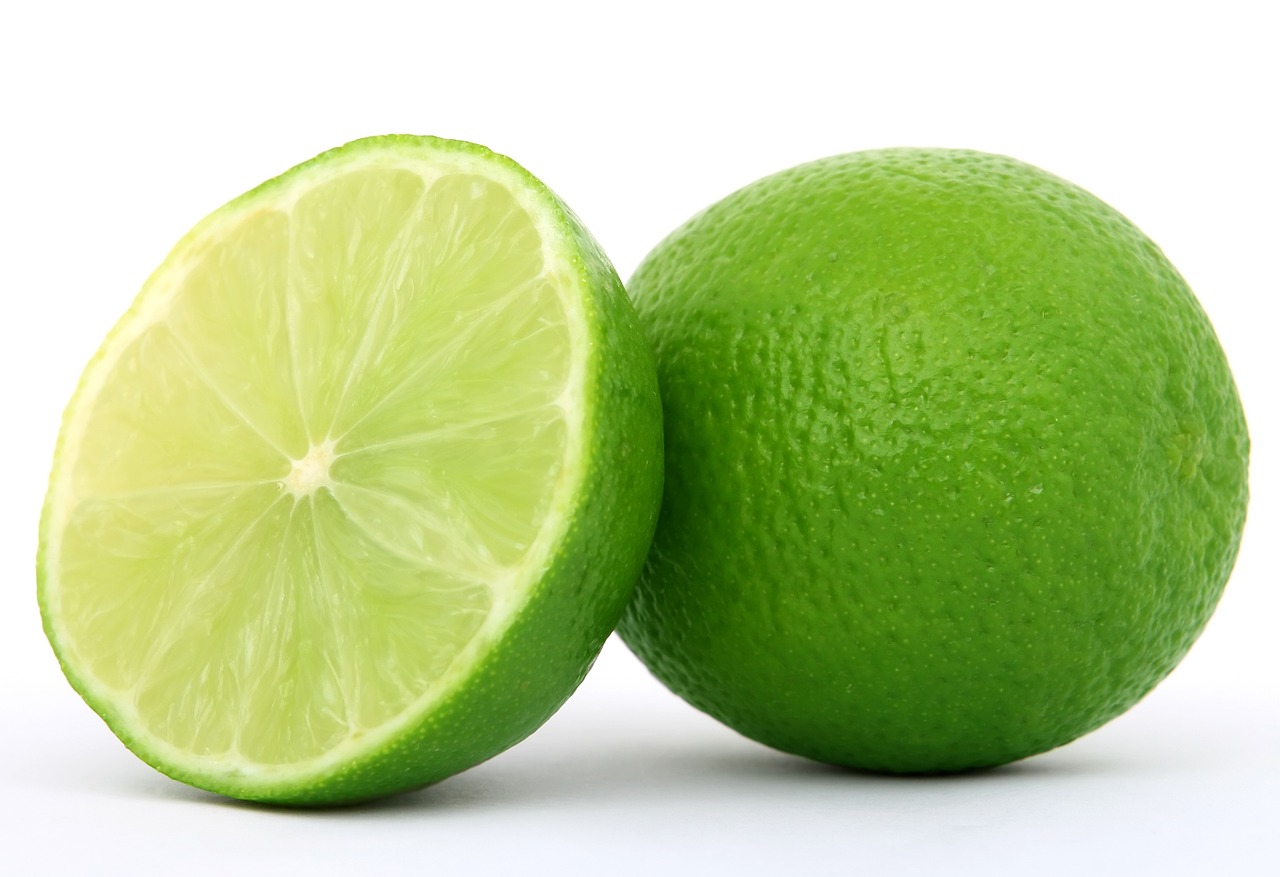FOOD AND WINE
Sicilian cuisine is a journey through very different flavors and cultures.
A journey full of colours, simplicity, centuries-old tradition in the name of authenticity.
A gastronomy of great prestige made up of dishes that know how to charm any tourist ready to visit the island.
Scroll down to discover the typical products of Bagheria.
White Sfincione from Bagheria
A dish that firmly links the city of Bagheria to the Palermo culinary tradition is the “ Sfincione ”. Symbol of local popular cuisine, it actually has aristocratic origins and its history straddles the Kingdom of the Two Sicilies and the Bourbon dynasty. The Sfincione, a kind of savory pie, defined by many as the Sicilian panettone due to its celebratory and Christmas value, was born in a convent in Palermo, where the nuns created a disk of semolina flour to which they added small pieces of fresh caciocavallo and onion together with meat gravy and candied salami flavored with wine. Subsequently, it is reworked by the Monsù thus becoming the official dish of the Palermitan nobility.
Several elements determined its aristocratic affiliation: the onion and oil sauce, the absence of tomatoes – the latter not contemplated in the aristocratic cuisine of the South – the presence of ricotta and tuma cheese, the covering with fresh bread instead of the poorest stale bread. When part of the Palermo aristocracy moved to the sumptuous villas of nearby Bagheria, the sfincione began to take on the identity of the place, to the point of officially representing its gastronomic tradition. However, after the Second World War, the price of tomatoes dropped considerably, making them accessible to the people. And it is precisely in this period that almost all the ingredients from the sfincione are eliminated in favor of the tomato sauce. Thus was born the famous red variant of the “sfincione from Palermo”, a street food bought in the alleys and in the markets. The bagherese variant, however, is a different story: according to popular tradition, families brought the ingredients to the neighborhood ovens to create their own sfincione with the help of the master sfincionario.
In 2019, the white sfincione of Bagheria brings together bakers in the first Slow Food community. After giving life to a production specification for the sfincione, the project has become more ambitious: to obtain European recognition with the STG certification, a guaranteed traditional specialty. “Today, the white sfincione of Bagheria is a symbol of territorial excellence, as well as an expression of the history, culture and traditions of a territory, the Bagheria one”, comments Michele Balistreri, journalist and representative of the Slow Food community of sfincione bakers.



Anchovy
Another local product can be found in the sea, therefore in the hamlet of Aspra, namely the anchovy, to which the brothers Girolamo and Michelangelo Balestrieri have dedicated the “Museum of Anchovies”.

The intention of the brothers is to tell the story of this small fish and to promote the ancient art of fishing and salting anchovies. Visiting the first part, one understands what life was like in the ancient Sicilian fish processing companies: one can admire the ancient lithographic stones and historic tin boxes, the tools for fishing and for preserving fish, the ancient photos of the old fishermen, Garum and the use of this incredible liquid in the cuisine and medicine of ancient Rome.
The second part of the museum is instead dedicated to the “Sard’Art” the art in the ancient sardines, which were boats used until the 1960s for fishing for sardines and anchovies.
For further information http://www.museodellacciuga.it/
Verdello of Bagheria
A product of excellence, which represented the most profitable part of agriculture on the east coast of Palermo, is the verdello di Bagheria. Starting from the 50s, in fact, it was grown in large quantities and marketed all over the world. Thus, after the Second World War, the product invaded the market and the economy became so flourishing that in Bagheria every piece of land was used for the cultivation of lemons. And it is precisely here that the local representation of the “verdello” comes to life, thanks to the expertise of the farmers. These, by making the plant suffer, were able to produce new lemons from May to September, with green skin and little juice, but with a very high commercial value. The golden age lasted for about thirty years. At the beginning of the 1980s there were still about 60 cooperatives. Bagheria, therefore, was the main center of production and transit of lemons in Sicily.
However, Verdello’s fortune dissolved a few decades ago, when citrus fruits began to arrive from different parts of the world.

Today the verdello of Bagheria, sought after by chefs because it is able to generate tasty dishes and dishes, is celebrated with the “Verdello Fest”, promoted by the association “La Piana d’Oro”, the Pro Loco Bagheria “Città delle Ville” and the Patriarca San Giuseppe confraternity, and with the patronage of the regional agriculture, rural development and Mediterranean fisheries department, the Sicilian Regional Assembly and the Municipality of Bagheria. Now in its third edition, in August 2019, the festival allowed the numerous visitors to be able to taste verdello lemon ice creams and granitas, Sicilian street food products (coppi di frittura, sfincione bianco, arancina, “pani cunsatu”, pizza with verdello lemon) and to be able to quench your thirst with Sicilian craft beers.
